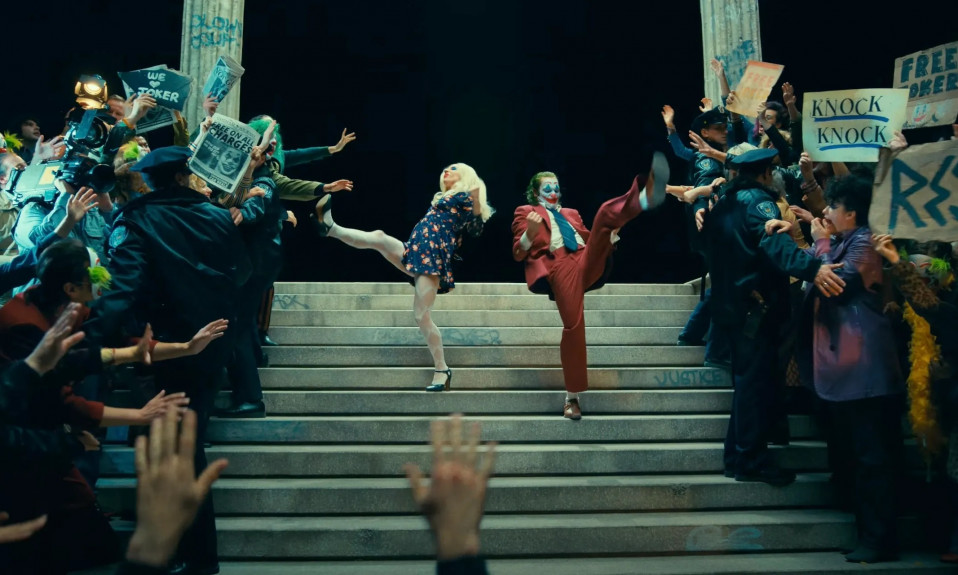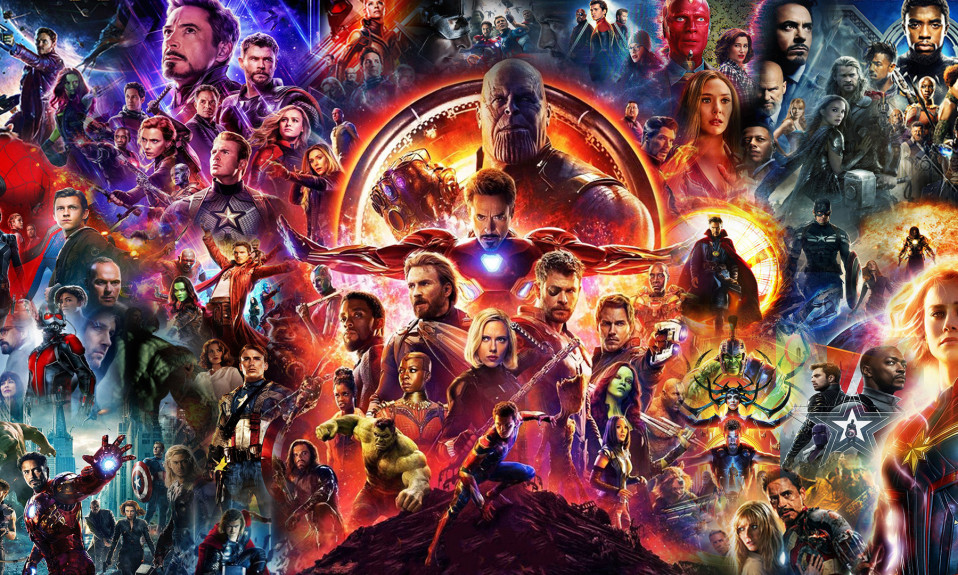Should superheroes have sexy times? Recently Harley Quinn series creators, Justin Halpern and Patrick Schumacker revealed that DC ordered the removal of an oral sex scene between Batman and Catwoman from their show. Stating, “Heroes don’t do that”.
Today, we will look at how DC’s actions feed into sex-negative attitudes in media. Why sex is such a huge issue and why other mediums are seen as more capable of discussing sex? But let’s first ask why DC wanted this scene cut?
Superheroes are for children
Three potential reasons explain DC’s decision. Firstly, many view Batman as a children’s superhero, therefore depicting sex is inappropriate. However, Harley Quinn is aimed at older audiences. It features swearing, violence, and mature themes. So why restrict sex?
Secondly, DC could see this as out of character. Superheroes are righteous therefore Batman wouldn’t have sex with Catwoman. Except for Batman, over his 80+ years existence, has been written as a morally questionable vigilante (the Burton and Nolan movies), a camp icon (Adam West’s era), a teen heartthrob (Gotham High), and more. Even Batman’s aversion to killing and guns has been challenged (Batman V Superman). So there is hardly a “definitive” Batman this action deviates from.
Finally, DC wants to protect profits. Because ratings boards view oral sex with women unfavourably, including this scene might restrict the series potential audience with a higher age rating. But considering DC’s parent company owns their own streaming service a higher age restriction would hardly affect distribution. And DC has released Batman media showing him unheroically killing people (leaving them in crashing vehicles, blowing people up, or shooting them) as well as having sex with daughter figure Barbara Gordon (Batman: The Killing Joke). Not to mention numerous comics where Batman has sex (Son of the Demon and Batman Rebirth) or performs horrifically violent or abusive acts. This definitely puts DC’s pearl-clutching over Batman and Catwoman’s hanky-panky into perspective.
Art and Sex
So why is DC more concerned by Harley Quinn’s sex scene than sex in Batman comics? Well DC received substantial backlash over Batman’s sex scene in The Killing Joke animated movie. And because Harley Quinn has a large viewer base DC could simply be trying to please a broader audience. Meanwhile, comics are seen as niche and able to take risks. But The Killing Joke backlash was about more than simply showing intercourse. And many popular adult animated shows feature sex scenes, like South Park.
An alternative explanation is that the comic medium is now seen as more mature. Like animation, comics were once seen as children’s entertainment. But since the 1980s comic houses like DC have been exploring new avenues of storytelling and with this, came more discussion of sex. And it has mostly become the medium’s norm. Thanks to fans embracing it and the creator’s and publisher’s willingness to explore it.
Let’s Talk About Sex
Truthfully, DC’s removal of the scene isn’t surprising. Sex and violence are often big concerns within media. However many see depictions of sex as a greater threat than depictions of violence.
This is because most people in western democracies think violence is unlikely to affect them. Thus it seems inherently unrealistic. Meanwhile, sex is a fact of life and some argue that depicting sex without showing consequences (pregnancies and STI’s) encourages unsafe practices.
Nevertheless, one of the most effective counters to unsafe sex is comprehensive education on the subject. But the unwillingness to discuss or depict sex makes it culturally taboo. It also hinders education and negatively affects people wanting to seek help or develop their identity. This is especially problematic when much of the entertainment which does focus on sex prioritises male pleasure over female pleasure and agency. Thus erasing scenes like this has a very negative cultural impact.
Conclusion
Despite their comics successfully exploring sexual themes, DC clearly views animation as incapable of dealing with this topic. DC’s decision to excise Batman and Catwoman’s sex scene is another example of media sex-negativity that denies the opportunity to discuss and encourage openness towards sex and to centre discussion of female pleasure. Ironically, showing superheroes like Batman caring about Catwoman’s pleasure would have been the most heroic thing to do.


![Superheroes Batman and Catwoman kissing [Source: The Young Folks]](https://bigpicturefilmclub.com/wp-content/uploads/2021/06/batmancatwoman-The-Young-Folks-958x575.jpg)










